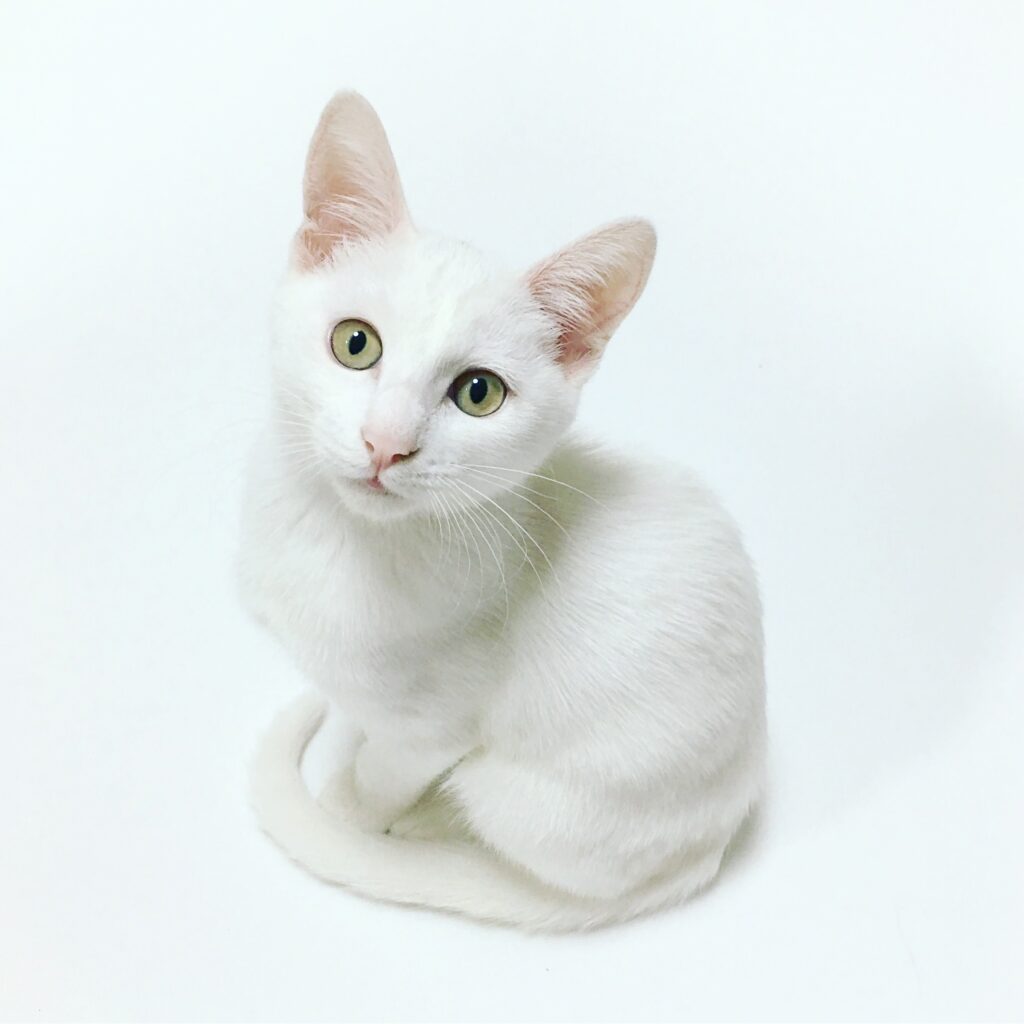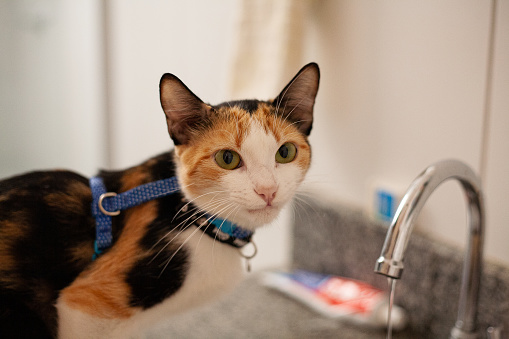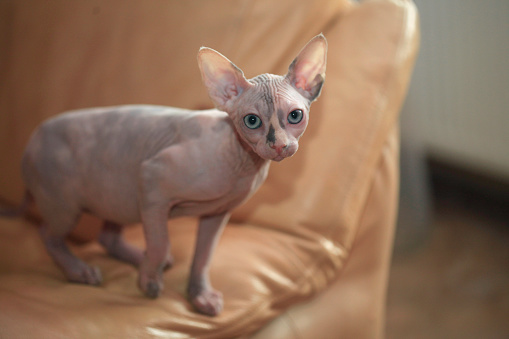The now-extinct Mexican Hairless (also known as the New Mexican Hairless) was believed to be the world’s first hairless cat breed. In 1902, two New Mexico residents received two hairless cats from local Pueblo Indians. It was said that these were the last of an extinct breed of cat Aztec. The Hairless Mexican cats were siblings and were known to be 26% smaller than conventional shorthairs.
They were whiskered and coated according to the weather, with a fur ridge down the mid-back and tail during the colder months. The male, who was not yet sexually mature, was killed by dogs, and the owners sought a hairless partner for the female. In fact, the catastrophe was avoidable. The female could have been bred to similarly shaped house cats, and the pups back-crossed to their mother to restore hairlessness.
Table of Contents
Introduction
In 1903, a female cat was sold as a pet and perhaps exported to Britain or continental Europe, where she was exhibited but not bred. Even in 1902, when there was still much to learn about cattle reproduction, this may have been done. The early Sphynxes bore a resemblance to modern-day Sphynxes, with less extreme features. There’s a chance that later instances of random hairlessness are linked to this woman since pet cats were not neutered in the 1900s.
The first detailed description of hairless cats that I’ve been able to discover was published in 1878. It says that hairless cats were appearing out of nowhere in the litter. “POOR PUSS. Boston Post, January 22, 1878. For the first time ever, Boston has a cat show with two hairless cats: “Scud,” a male, and “Mystery,” a female.” They are the property of William P. Marshall, 114 Sudbury Street, and were brought up by Addison S. Cressy in Bradford, New Hampshire. These prodigies’ mother was a common Maltese cat, and she disowned and neglected them from birth.
It would be difficult to blame her for her behavior since she appears more like a wolf than a cat, and it is rumored that they have several quirks that are not usually seen in members of the cat family. They move swiftly around the huge cage in which they are confined, and they are responsible for a lot of perplexed speculations about their genesis. So, we already had a brother-sister pair of random-bred hairless cats, but because of their average beginnings, they’re not a sensation.
How Came The Sphynx Into Existence?
Because Mexican hairless cats were so unusual, people didn’t make any deliberate efforts to breed them until the 1960s. It all started when a hairless kitten (Prune) was born in Toronto to an agouti and white shorthair cat.
The owner fell in love with the kitten’s design and decided to breed Prune and mate him with his mother. Later, a cat breeder from Ontario obtained three hairless kittens abandoned on the streets and sent them to the Netherlands.
These were bred according to plan to a Devon Rex. Wadena, Minnesota helped the development of hairless cats by being an important location in the breeding program. Milt and Ethelyn Pearson discovered that their house shorthair cats frequently produced hairless kittens.
To create a Cornish Rex, the breeder crossed Cornish Rex cats with one another. It was difficult in the beginning because the gene pool was small, and breeders had limited information about these hairless cats’ genetics.
Unfortunately, a large number of the kittens died, and others were afflicted with serious health issues. The breeders’ efforts paid off, however, and the new breed was dubbed Canadian Hairless Cat from the start.
These magnificent cats were subsequently known as Sphynx after the legendary Egyptian statue and the Greek mythical beast.
Why Are Hairless Cats Hairless?
Sphynxes cats are not entirely hairless. They have a lot of short fuzzy fur, so they appear bald. A mutation in the gene keratin 71 (KRT71) is to blame.
This gene is responsible for generating hair follicles, and a mutation in it causes damage to the cat’s fur structure. While hair can still develop, it comes out easily. Sphynx cats have fuzzy short hair rather than a long/short coat as a result of this.
The Sphinx’s altered gene is very similar to the one that helps to know the Devon Rex’s short coat and Selkirk Rex’s curly fur. That’s why it was possible for breeders to create hairless kittens by crossing them with the Devon Rex.
Sphynx hair is a recessive gene, which means it’s worse than the other hair genes. That’s why you could get fuzzy kittens if you cross the Sphynx with other breeds (not that you should!).
What Kind Of Care Do Mexican Hairless Cats Require?
Caring for hairless cats is a little different than caring for ordinary, hairy cats, no matter what sort of cat you have at home. Because hairless cats don’t have short or thick coats to keep them warm, they are more prone to chills than normal fur-covered pets.
Sphynxes are susceptible to cold and require specific apparel, heating blankets in the winter, and nursing care. Sphynx cats are fragile to extreme heat as well. As a result, you must monitor them on hot and humid days and keep them cool.
Hairless cats are also more prone to sunburn and have more sensitive skin than other cats due to the lack of fur. In addition, hairless cats require considerably more maintenance than long-haired ones. That’s because you must bathe your cat at least once a month or he or she will become stinky.
Mexican Hairless Cat
You’ll also need to dry them thoroughly, give them high-quality food, trim their nails, clean their ears, and wash them between the toes. It’s a lot of effort for you to take note of that.
You should also bear in mind that purebred cats, such as the Sphynx, are vulnerable to a number of illnesses. As a result, you should acquire your cat from a reputable breeder who checks for hereditary diseases.
If you’re thinking about acquiring a hairless cat, keep in mind that having no fur doesn’t automatically make the cat hypoallergenic. It’s not how much fluff they have that causes allergies, it’s the amount of risk involved.
The Sphynx may not be the greatest cat breed for individuals who are allergic. It’s amusing to imagine that hundreds of years ago. Humans who used to practice human sacrifices bred and maintained hairless cats.
While Mexican Hairless cats are no longer around, they have inspired other hairless cat breeds such as the Sphynx and others.
Similar Articles



